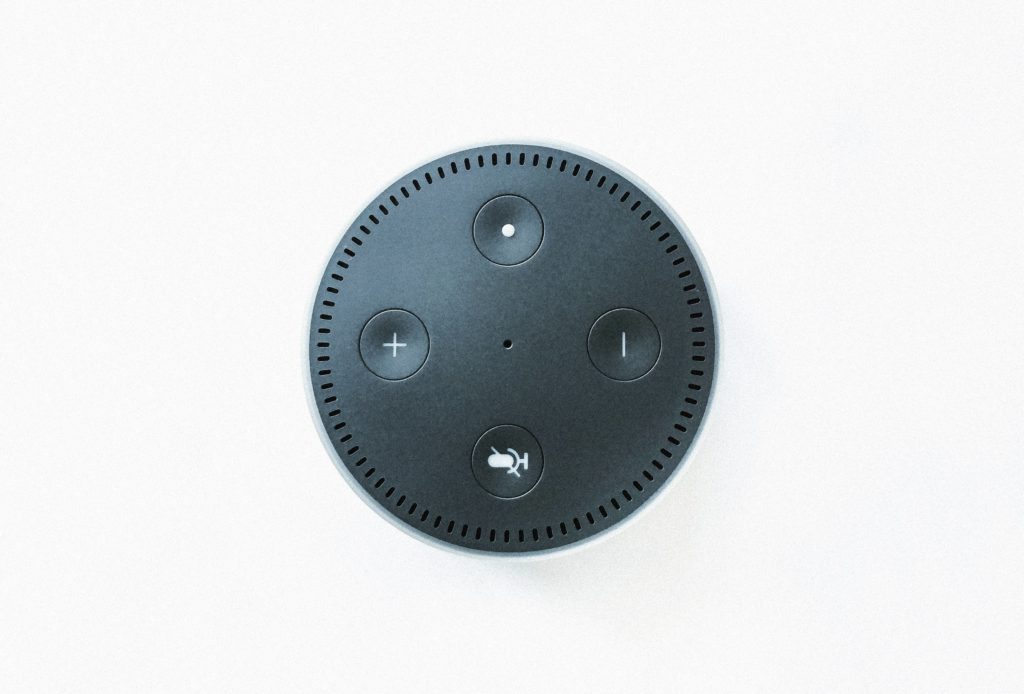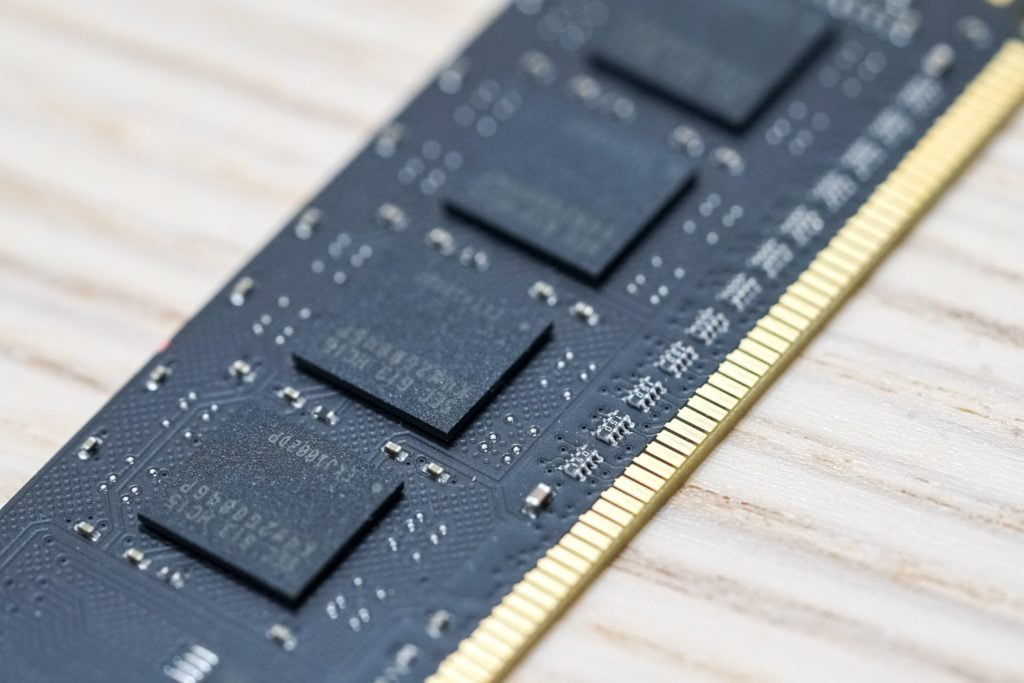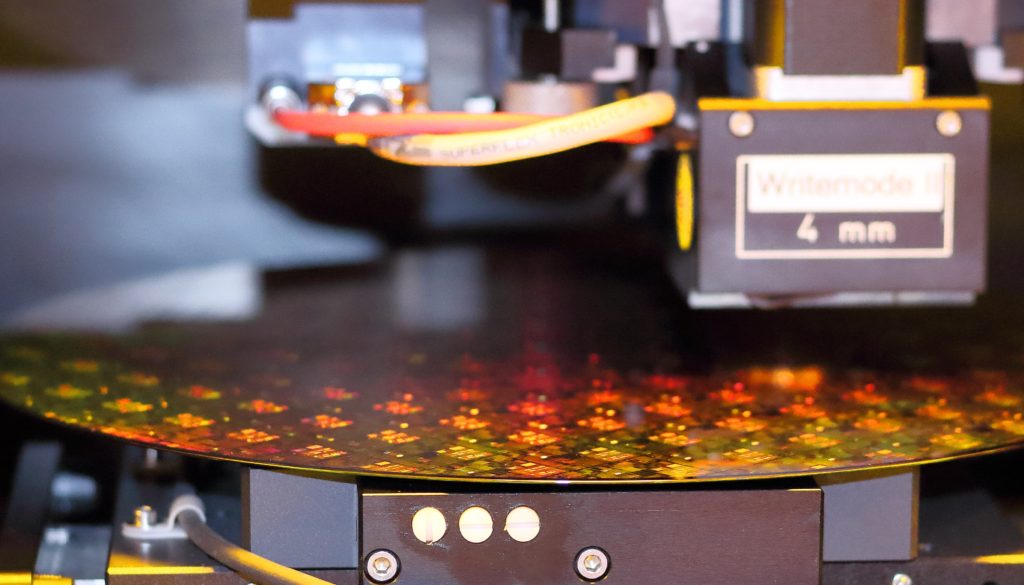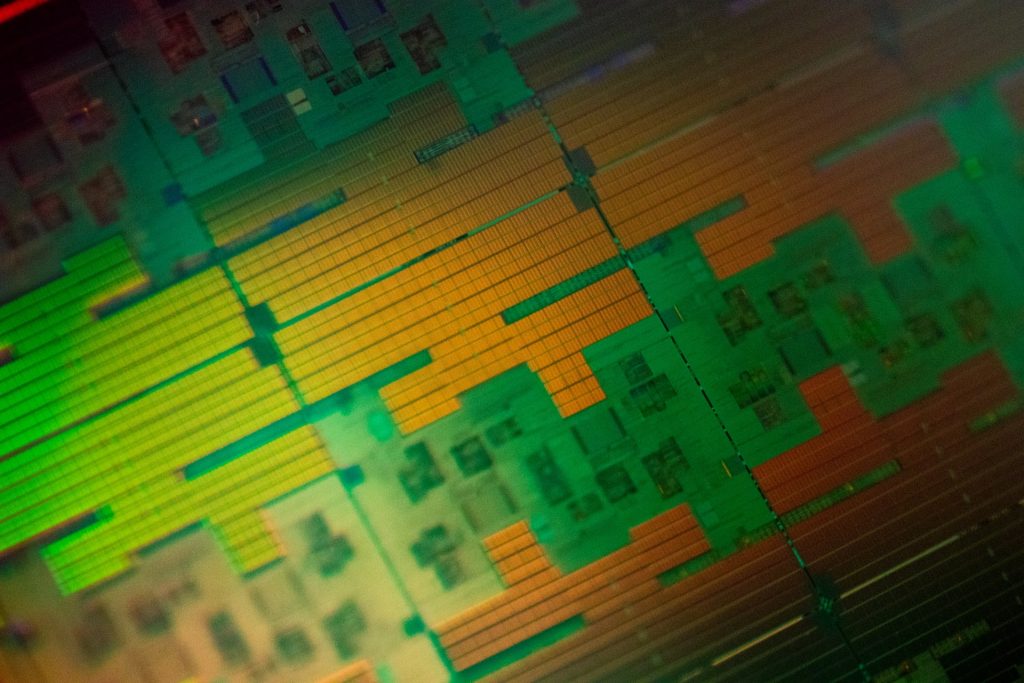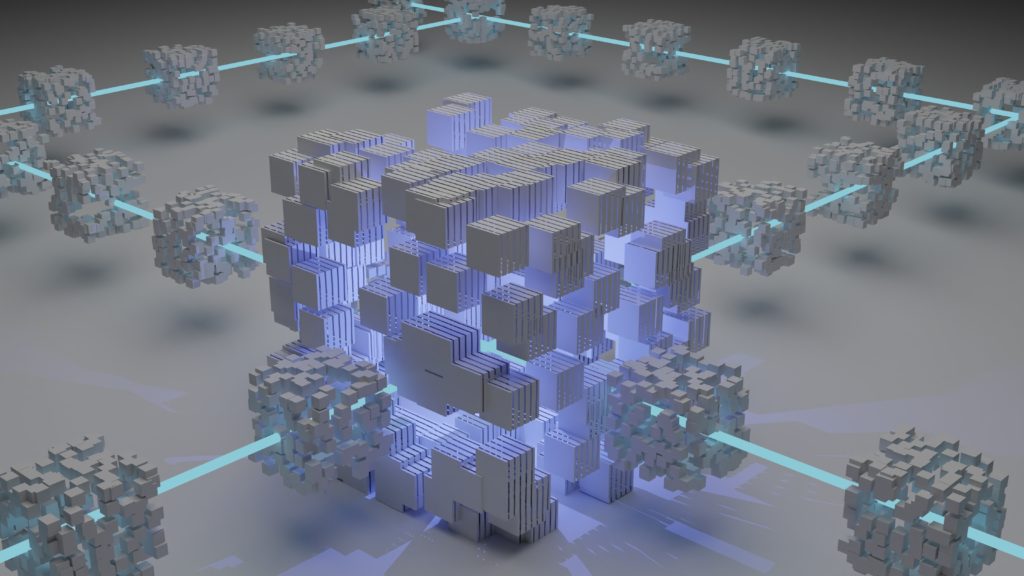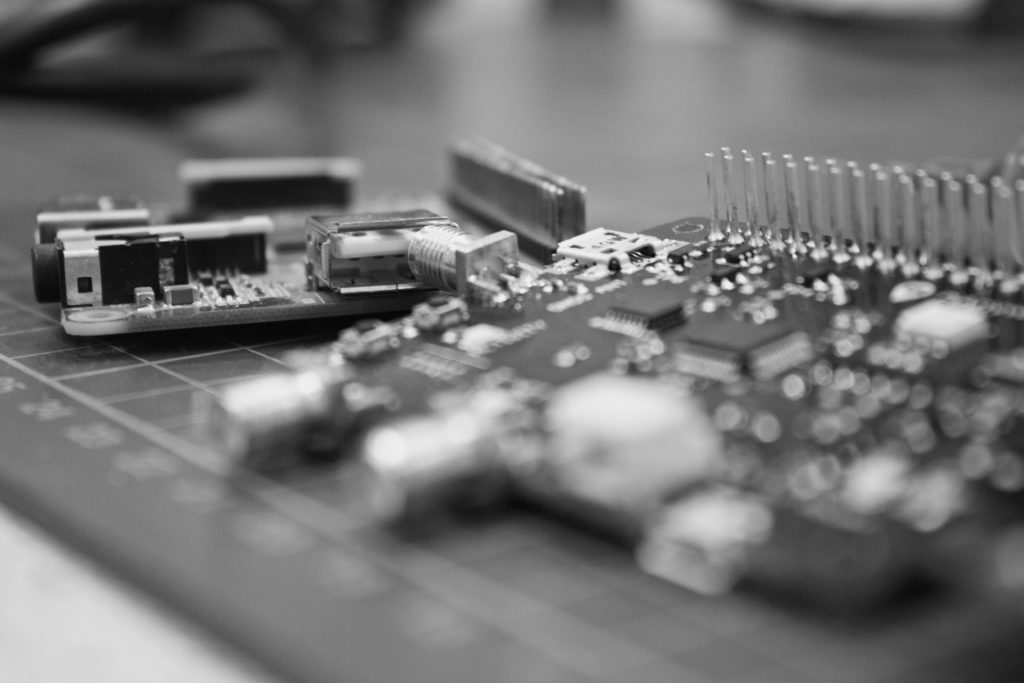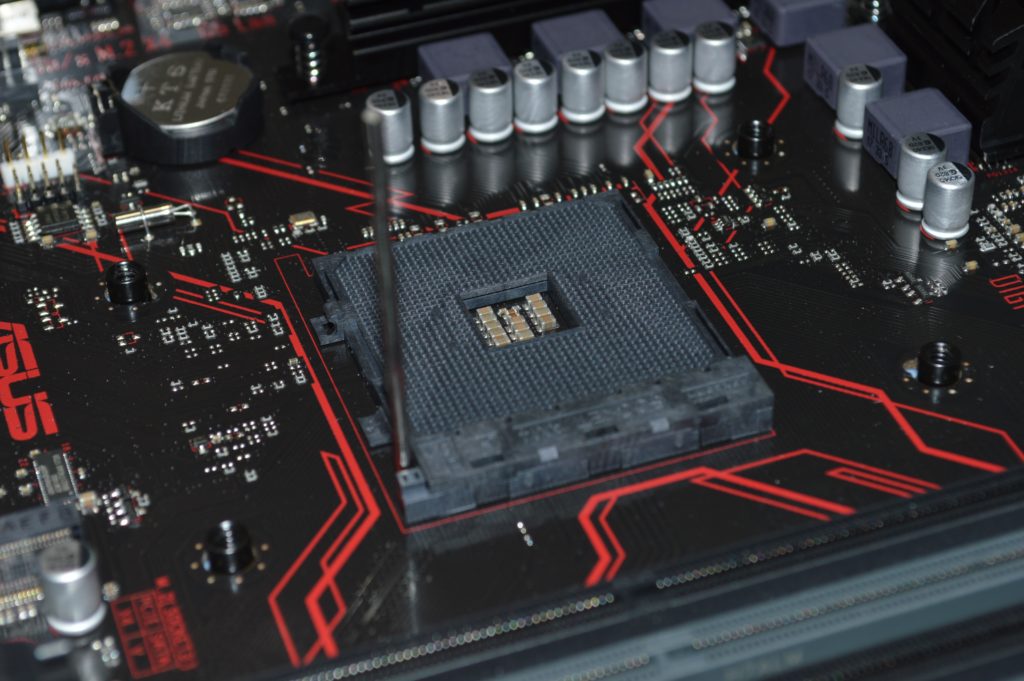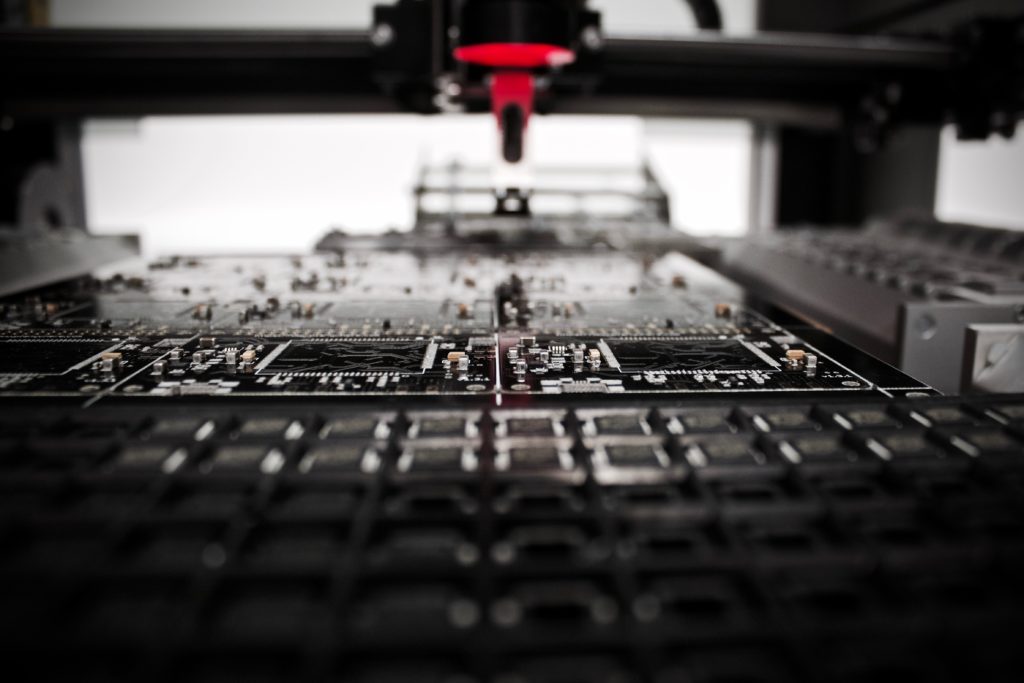Photo by Rahul Chakraborty on Unsplash
THE SMART
As technology is progressing, the world is becoming smarter. The decision making is becoming more data-driven rather than experience-driven. People around the globe rely more on smart systems to find solutions to their daily problems. With the proliferation of Artificial Intelligence and its influence on day to day life, the world is only going to become more reliant on smart services and products.
The smart software and hardware systems have already found its way into every consumer product. Cars are becoming more connected. Homes are becoming more energy-efficient due to data-driven decisions. Logistics and transportation are data-enabled too. All this has enabled companies to spend wisely, while being profitable at the same time.
The next decade is going to see the wider adoption of smart devices. The impact of these devices is going to enable a smarter ecosystem. Software companies are also launching smart hardware, which is also helping in the growth of the smart ecosystem market.
There are certain key areas where smart technology is going to enjoy an exponential growth.
THE SMART KEY AREAS
Major areas where the smart technology is going to be more profitable are:
- Smart Data
- Smart Environment
- Smart Manufacturing
- Smart Transportation
Smart Data: The systems that are being deployed across the cities, offices, houses, industrial areas, etc., are by default being designed to monitor the surroundings. The major goal of these systems is to capture the data in the cleanest form possible. The subsequent system doesn’t have to post-process the data and this ensures that the decision is provided in the shortest possible time. The data collection, processing, and the presentation are going to be the critical piece in order to classify a system as smart data ready. Smart data has already seen tremendous growth in the last decade and promises to be on the same path.
Smart Environment: In the last decade, as technology innovation has progressed, so has the use and deployment of it. The turnkey infrastructure projects have embraced the new possibilities that smart solutions are capable of providing. The buildings are becoming more sensor-driven. The cities are becoming more connected. The open spaces are more secure due to smart security cameras. The schools and offices are more eco-friendly. All this is becoming possible due to the efficient use of spaces that are being created with the usage of the smart systems, which can project and provide an optimized solution against the capital expenditure. The net-zero concept is the main driver in enabling the smart environments around the cities and countries. With new infrastructure projects, the smart environment domain is only going to enable the growth and adoption of the smarter technologies.

Smart Manufacturing: Manufacturing is hard. The time and effort required to build a product involves a lot of steps and resources. Any company that is into manufacturing has one major goal: eliminate waste. The waste can be at any stage from the procurement to development to delivery. Money saved in manufacturing without compromising the quality is money earned. Companies are relying more on the robotic decision (while balancing human resources) to optimize the manufacturing process. Smart manufacturing is also relying on artificial data decisions to make a more profound judgment based on the market need, in order to manufacture the products efficiently. Industry 4.0 is here, but in a few years time, the world will move to Industry 5.0, which will rely more on smart manufacturing. As the factories start to invest in smart manufacturing to reduce waste, the opportunities for the smart solution providers will also grow. It has already started happening in automobile and semiconductor manufacturing.
Smart Transportation: It is human nature to move from one place to another in the search of better opportunities. Uber and Lyft have already provided a sneak peek on how future transportation is going to be. With Waymo expanding the driverless riding services, more driverless cars will inevitably be seen around. This points out how the world is going to adopt smart transportation that is connected and statistically geared to be safer than human-driven cars. The logistics domain is also going to adopt to these smart technologies to save on the cost and become more profitable. As more companies and startups put in talent to make vehicles ecosystems smarter, the opportunities in this area will also keep growing.
These are the four key areas, where the smart ecosystem is enjoying (and will keeping doing so) faster adoption and positive growth.
THE SMART FUTURE
The smart solution heavily relies on both the smart software and smart hardware.
Smart software: In the last decade, software has become more advanced that ever. The machine learning, deep learning, and artificial intelligence solution created on top of the vast amount of data collected due to internet adoption, have ensured that the systems can understand the need before it is needed. As more people come on board the online world, the growth and usage of the smart software is also going to increase.
Smart Hardware: Hardware development has kept the pace with the software, however, the hardware innovation has always relied on massive systems that are power-hungry. The supercomputers are capable of providing solutions in seconds, but that comes at a steep cost. Slowly, the hardware is also getting embedded with artificial intelligence, at the architecture design stage, to make it more adaptive and thus ensuring smart solution at low cost. The possibility of performing massive computation at source is going to make the computer systems more smarter and faster than ever.
It will be interesting to see how the growth in the smart software and the smart hardware solutions in the next decade is going to shape the smart world.
